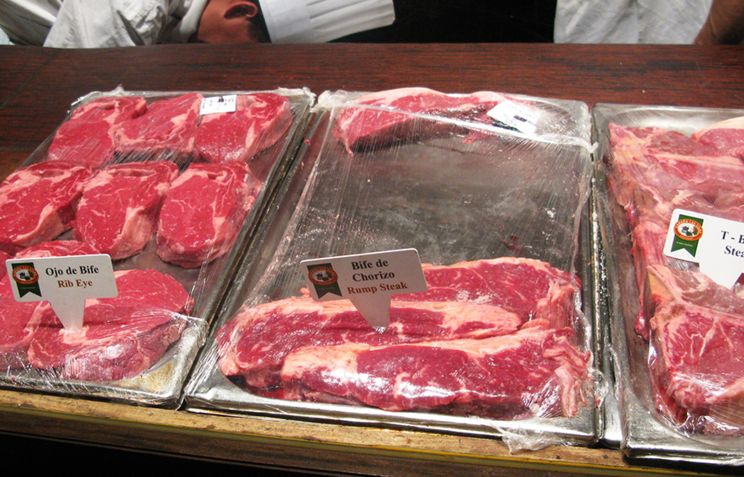 Good Food Institute (GFI, specializing in the cultivation of artificial meat) began to search for a international cooperation director, Quartz reported. Its functions will include lobbying and communication with foreign governments, venture capitalists, entrepreneurs and activists to draw public attention to the issue of alternative meat. The organization has already started work in Brazil and China.
Good Food Institute (GFI, specializing in the cultivation of artificial meat) began to search for a international cooperation director, Quartz reported. Its functions will include lobbying and communication with foreign governments, venture capitalists, entrepreneurs and activists to draw public attention to the issue of alternative meat. The organization has already started work in Brazil and China.
GFI is working with the US authorities to lobby for changes in the food system standardization. Now, the US Food and Drug Administration (FDA) does not recognize the legality of labeling non-animal products on a par with traditional products. However, GFI plans to gain official recognition of the right to such marking for meat grown in the laboratory. Growth in demand for the product will force not only US authorities to legislate, the head of GFI Bruce Friedrich says, the company started working with lawyers in Canada, the UK and Taiwan.
GFI also counts on the success of the products in Brazil, believing that it is there that artificial meat can surpass the quality of natural meat. "Now they are selling canned vegetable meat, which reminds me of what I ate in the 1980s, and it costs $ 6 per can," Friedrich said in an interview with Quartz. The scandal with the Brazilian companies JBS and BRF also helped GFI. The US authorities accused them of selling delinquent meat and giving bribes to sanitary inspectors and officials. JBS and BRF categorically denied the involvement of employees in the machinations.
China is also an area of interest for GFI. According to the OECD, one person in this country annually eats 3.9 kg of meat, 25 kg in the United States, 11 kg in Russia. The smallest consumption of meat is recorded in India - an average of 0.5 kg per person. According to the World Health Organization (WHO), the world's livestock sector is growing at an unprecedented rate. The growth of the population, its incomes and urbanization are the driving factors of this process. According to WHO forecasts, annual meat production will grow to 376 million tons by 2030 (in 1997-1999 - 218 million tons).
Source: tass.ru.

